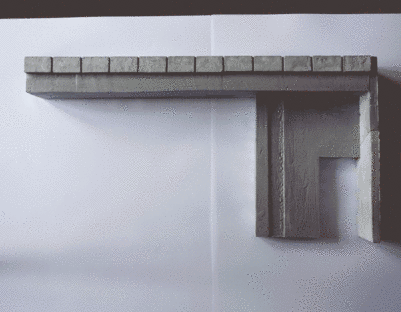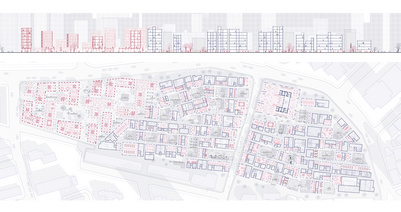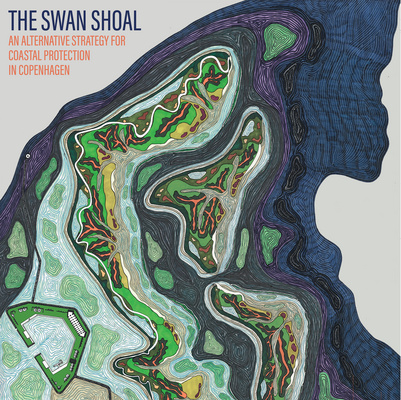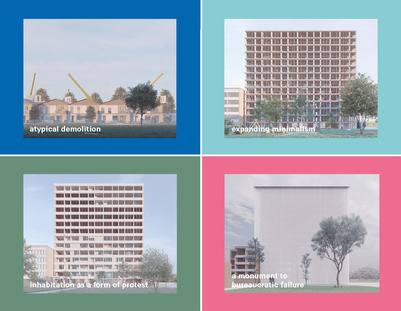
Working within the context of the danish parallel societies act, our project explores how the architect can facilitate the redistribution of agency within the redevelopment discussions, to favour those currently disregarded. Using Bøgeparken, Vollsmose as a case study, we have used scenarios as a method to explore possible futures and to open up the discussion as to what should be the desired one.
In the current system, top down decision makers predominantly favour demolition as the singular method to address the ‘political dystopia’ of these areas labelled as parallel societies in Denmark. This ‘one size fits all’ approach has little regard for the communities it breaks up, or the environment on both a local and national scale. Instead there is a priority for political gain. We argue that the lack of focus on the value of community is more destructive than the social problems that the parallel societies legislation aims to address.

Focusing on Bøgeparken, Vollsmose as a case study, we have used scenarios as a method to explore possible futures and to open up the discussion as to what should be the desired one. Vollsmose is one of the largest so-called transformation areas in Denmark and Bøgeparken is the area within Vollsmose with the most demolition planned. In September 2021, this process started with the central residental tower in the area. It is also here we have focused our project. However, these scenarios could play out in any of the buildings planned for demolition in Vollsmose, or any other transformation area in the country.

currently architecture is the tool for political stigmatisation and ostracisation.
how can we, as architects, flip this into a positive tool. While we are not politicians, we cannot change legislation, can we use spatial practices to challenge the legislation and redistribute agency to those undermined in the current system of redevelopment?


































